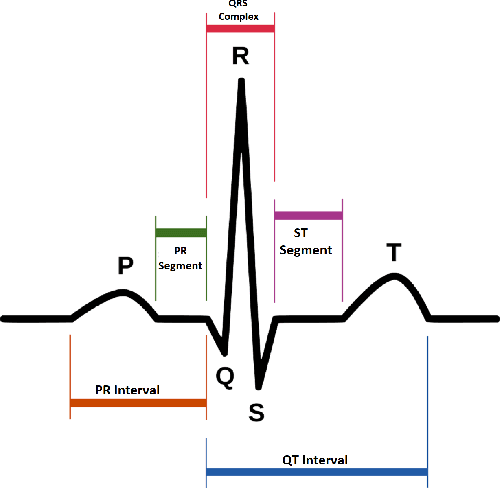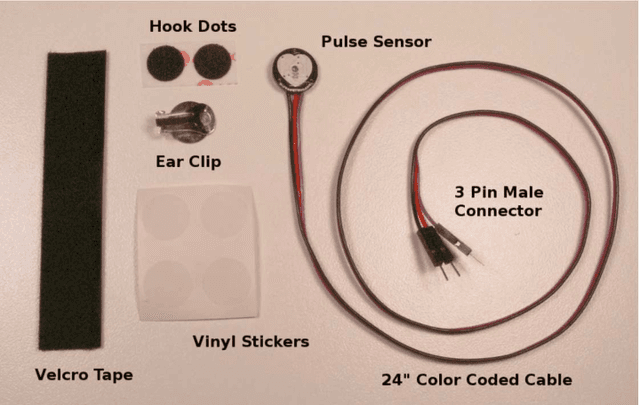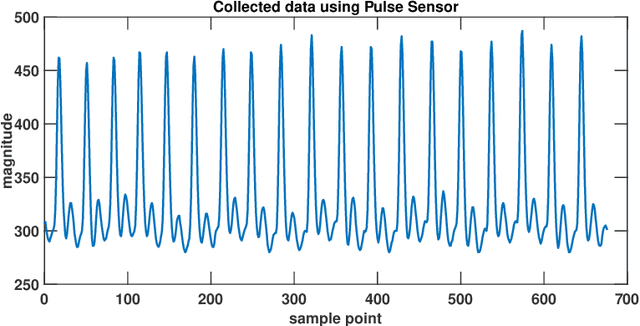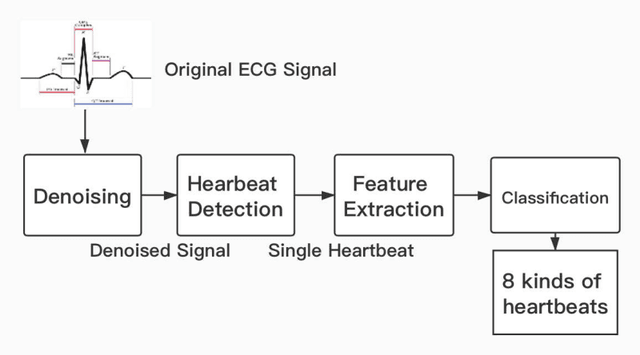Machine Learning-Based Automatic Cardiovascular Disease Diagnosis Using Two ECG Leads
Paper and Code
May 25, 2023



The state-of-the-art cardiovascular disease diagnosis techniques use machine-learning algorithms based on feature extraction and classification. In this work, in contrast to a conventional single Electrocardiogram (ECG) lead, two leads are used, and autoregressive (AR) coefficients and statistical parameters are extracted to be used as features. Four machine-learning classifiers support-vector-machine (SVM), K-nearest neighbors (KNN), multi-layer perceptron (MLP), and Naive Bayes are applied on these features to test the accuracy of each classifier. For simulation, data is collected from the MIT-BIH and Shaoxing Peoples Hospital China (SPHC) database. To test the generalization ability of our proposed methodology machine-learning model is built on the SPHC database and tested on the MIT-BIH database and self-collected datasets. In the single-database simulation, the MLP performs better than the other three classifiers. While in the cross-database simulation, the SVM-based model trained by the SPHC database shows superiority. For normal and LBBB heartbeats, the predicted recall respectively reaches 100% and 98.4%. Simulation results show that the performance of our proposed methodology is better than the state-of-the-art techniques for the same database. While for cross-database simulation, the results are promising too. Finally, in the demonstration of our realized system, all heartbeats collected from healthy people are classified as normal beats.
 Add to Chrome
Add to Chrome Add to Firefox
Add to Firefox Add to Edge
Add to Edge